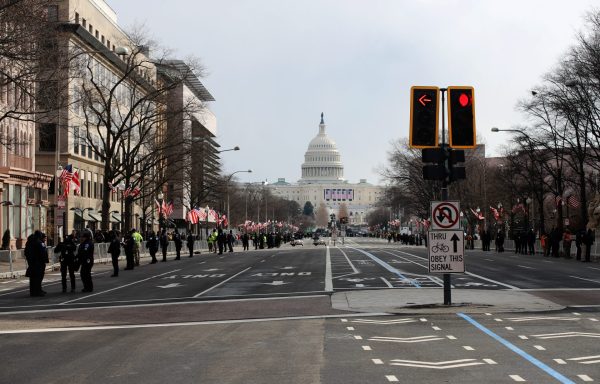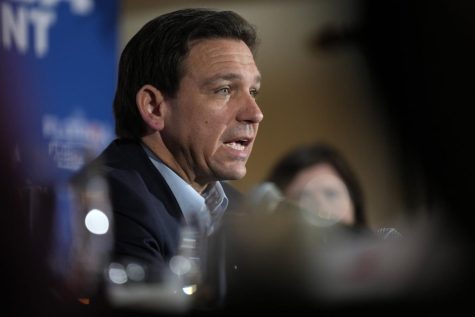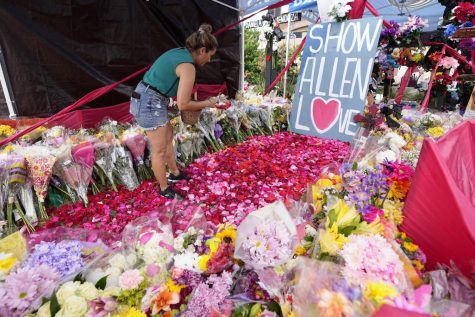What you need to know about the Iowa caucuses
Credit: Xavier Ortega | The DePaulia/The DePaulia
Why the Iowa caucuses matter:
Though they’re not necessarily representative of the entire country and don’t always predict who the nominees will be, the Iowa caucuses matter because they set the momentum for the rest of the campaign season. Who does well and who doesn’t – especially if the results are unexpected – sets the tone and can narrow the field of candidates. Those who do well get more media attention and fundraising, which are certainly helpful. Iowa has helped underdog candidates make it to the White House before; think Barack Obama and Jimmy Carter.
Where do they take place?
Iowans gather in school gymnasiums, union halls and community centers in 1,678 precincts and, for the first time this year, 99 satellite precincts.
Where are these satellite precincts?
For those close to home but not quite close enough to make it to their assigned precinct location, there will be 71 additional sites in Iowa, mainly at nursing homes, workplaces, union halls and college campuses. Three foreign sites will be in Scotland, France and the Republic of Georgia. In the U.S., Chicago has two sites, Arizona four and Florida four.
A full list can be found here.
Who participates?
Any registered Democratic or Republican who will be 18 by Election Day in November may participate. Iowa allows new party registrations and the ability to switch the day of at caucus sites.
How many rounds of voting will there be this year?
There will be two rounds of what is called alignment. Expect to hear three rounds of results: the results of the two alignment rounds and the final results.
Wait, what are alignment rounds?
This is why second-choice candidates matter.
After everyone participating is signed up, a caucus chair – who directs the proceedings – is elected and campaign representatives give last-minute pitches, caucus-goers gather in the designated part of the room for their first-choice candidates.
Generally, candidates who receive at least 15 percent of votes from those in the room are deemed viable enough to move on to the second round. But first, supporters of candidates not deemed viable have four choices (those with viable candidates are locked in at this point):
- They can switch their support to a candidate already deemed viable.
- They can join with supporters of another non-viable candidate to help get them to viability.
- They can try to entice supporters of other non-viable candidates through discussions. Well-organized campaigns will have volunteers and staffers ready to go to make their arguments.
- Or they can go home.
How are delegates determined?
Iowa’s 41 delegates will be chosen based on the results from each precinct; the state isn’t winner-takes-all, so one candidate will not necessarily get all 41 delegates. Those delegates will go onto the Democratic Party Convention this summer.
Anything different this year?
This is the first year Iowa offers satellite precincts, which will offer residents of the state an opportunity to participate even if they aren’t able to be at their precinct’s caucus.
It’s also the first time participants’ choices will be recorded on paper in case a candidate challenges the results.
And unlike in years past, there will only be two rounds of alignment. That should keep the caucuses within a reasonable timeframe despite the large number of Democratic Party candidates.
Finally, the state will be releasing results from both rounds, not just the final result. That should give candidates more opportunities to spin the data in their favor even if they do not win overall.
How does someone become a national delegate?
National Delegates are elected at the District Conventions on April 25, 2020 and at the State Convention on June 13, 2020.
Will there still be caucuses for the Republican Party?
There will be, though President Donald Trump is widely expected to be the Republican Party’s presidential nominee.







